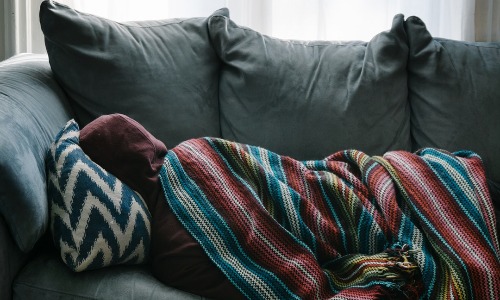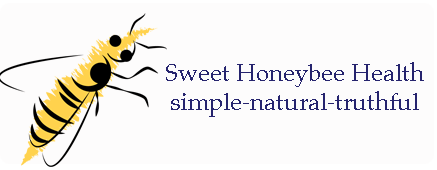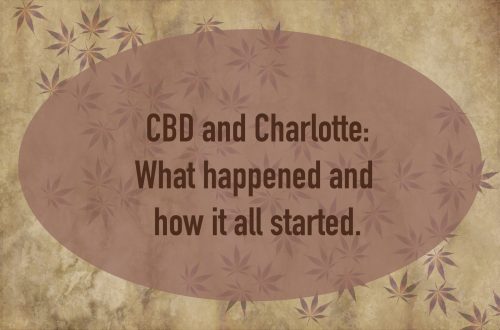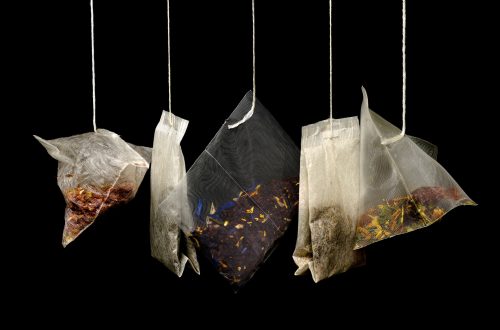
Why asking a woman if she’s on her period may be more hurtful than you think.
As a woman, I am very familiar with PMS. PMS and I are pretty tight. I mean I started my period at 13 and ever since, PMS has been my frenemy. I expected it every month, I knew I was coming, I was a bit dreading it, but I did my best to put on a smile, but then PMS changed. PMS started making me miserable, PMS was bullying me and nearly ruining my life. Around the age of 19, I found out that PMS was replaced by its very, very evil twin PMDD.
Okay, all joking aside, PMDD is a real thing and you may have heard of it but aren’t familiar with it. If you have it or know someone who does, then you probably know what they go through every month and know how much they suffer. PMS and PMDD are related with similar symptoms, but PMDD is like the bigger, badder, more rebellious sibling of PMS.
What is the difference between PMS and PMDD? PMS is something most women probably deal with. Up to 70% of women suffer with PMS. The bloating, moodiness, food cravings, cramps, sore breasts and headaches.
PMDD is a bit less common and it typically only affects about 8% of us. PMDD sufferers may experience these symptoms as well, but the symptoms, at least for me, were amplified. In the beginning, I would be doubled over in pain from cramping and couldn’t even go to school or work. I would have migraines that were debilitating and still do, but I have found some relief with natural remedies. I would have such sore breasts that any movement or even wearing a regular bra would cause pain and I had terrible digestive issues. I would actually have to call in sick to work because I would pretty much live in the bathroom all day. My period was so heavy, that I would bleed through a tampon in a matter of about 30 minutes, if not less and my moods weren’t just typical irritability. I was severely depressed, anxious and sometimes suicidal. I would also sit down and eat my body weight in snacks when I normally didn’t have this issue.
I remember when I first was diagnosed, I sat in the doctor’s office, looking at a pamphlet and going down the list, putting a mental check by each one.
- Pain in joints or muscles.
- Severe headaches/migraines.
- Extremely sore breasts.
- Extremely painful cramps.
- Heavy flow.
- Severe feelings of depression, sometimes feeling suicidal.
- Appetite changes, such as intense food cravings and binge eating.
- Digestive issues such as diarrhea and even nausea or vomiting.
- Trouble sleeping.
While it was a bit scary that I was told I didn’t have just regular PMS, I was also relieved because I thought I was going crazy. I can’t tell you how many times someone may say,” Are you on your period? You’re kind of moody.” And this affected me a lot deeper than they knew. My period was a thing of complete dread and I would have days during my period where I was so depressed, I thought of suicide. For someone with a mental illness already, this only made things much worse and much more dangerous for me.
Fortunately, I have been able to find relief with natural remedies as I’ve gotten older and read up about it, but it is a month by month struggle. I still have these symptoms, but now that I know what’s going on with my body, it’s a bit easier to know what to expect. I also am really grateful that this is finally being known as a real condition! It’s not just in our heads, it’s not just being moody, it’s not just having period cramps. It’s not just “take a Midol, everything will be okay”. It’s so much more than that.
Once I was able to go to my doctor and say, “I think this is what’s going on!”, I was able to get someone to listen and explain to me that I wasn’t just dealing with typical PMS. I felt validated and I felt like I finally had a sense of what was going on so that I could figure out how to treat it.
PMDD is not curable and there isn’t an easy fix through medication, but there are ways to relieve symptoms. It also can’t be diagnosed by lab tests or other typical medical tests. It takes you telling your doctor what your symptoms are and emphasize how bad they are, how much you are suffering.
My doctor prescribed birth control when I was much younger, and it did help me. When I got off birth control later, I used simple over the counter pain medication like Motrin or Tylenol. I would use a heating pad for the cramps. Ice pack for the headaches. Even massage for my breasts when they were really sore. I also find a hot shower or bath helps.
Another thing that greatly reduced my symptoms was to switch to natural monthly products. I use washable pads, 100% organic cotton tampons, breathable fabrics like cotton for underwear and I try really hard to watch what I eat around that time of the month. Salty food and fizzy drinks may induce bloating. Alcohol and caffeine may contribute to anxiety and depression, as well as sleeplessness. I also make sure to tell my doctor what’s going on if my symptoms are worse one month to the next if something doesn’t seem right or even if my flow changes.
There are a lot of alternative products out there and I’m pretty confident you can find something that will fit your needs such as the washable pads, natural tampons and pads, the cup and period underwear.
I find essential oils help quite a bit. You can use a diffuser to diffuse some balancing essential oils such as lavender, clary sage, cubeb or geranium. These may help with pain and/or mood.
Some herbs I have found have helped as well. I use Feverfew for headaches and I feel it has greatly improved the severity of my migraine and wrote a past blog post about that as well. Chamomile and Lemon Balm also help with anxiety, relaxation and sleep. You can get most of these herbs in tea form as well, so you can have a hot cup of tea and help your body relax.
Also, start tracking your period. I use an app called Life and it’s pretty helpful. It helps me know when to expect my period. I can track my symptoms, both physical and emotional. I can track ovulation and get an idea when things change. It has journal features, ovulation and period analysis, tag features and keyword features. You can get an idea of what emotional symptoms you are seeing a pattern with and keep track of your good and bad days with simple phrases that are already programmed in. I like that I don’t have to type in how I feel, but it has an option for you to do that if you wish.
There are also some other great apps out there such as Glow and Clue, which you can find on the app store. I like those, but I don’t currently use them, I have in the past. I feel the simplicity of Life is all I need. I also like that Life doesn’t need me to purchase add ons in the regular version in order to take advantage of great features, but if you want more features, you can subscribe to the premium version and it’s $2.99 a month, which I think is fairly reasonable. I get a lot of use with the regular version but can definitely see where the premium version could help in the terms of fertility, pregnancy and other features.
Again, if you are experiencing any of these symptoms, you aren’t crazy! What you feel is real and you need to be heard. If your doctor doesn’t hear you, then find one who does and start a conversation. Talk to your friends, sister, daughter or mother about it and see if they have experienced it. You aren’t alone with this. There are so many resources and it is a confirmed medical condition. I’ve added some links below that may help you figure out if your symptoms may be PMDD and if you are having really difficult periods, talk to your doctor anyway. There is help for what you are going through!
http://www.obgyn.net/pmspmdd/pmdd-or-pms-there-difference
Disclosure: This blog may contain affiliate links. If you make a purchase using one of these links, I may earn a small commission at no cost to you. All opinions are strictly my own and do not reflect the company or product I am reviewing.
Disclaimer: Sweet Honeybee Health and it’s owners are not medical professionals. Content on this website is intended for informational purposes only. I research and write on numerous health topics and companies. Do not use the information you find on this site as medical advice. You are encouraged to seek the advice of a medical professional prior to trying any health remedy, no matter how safe or risk-free it may claim to be.




